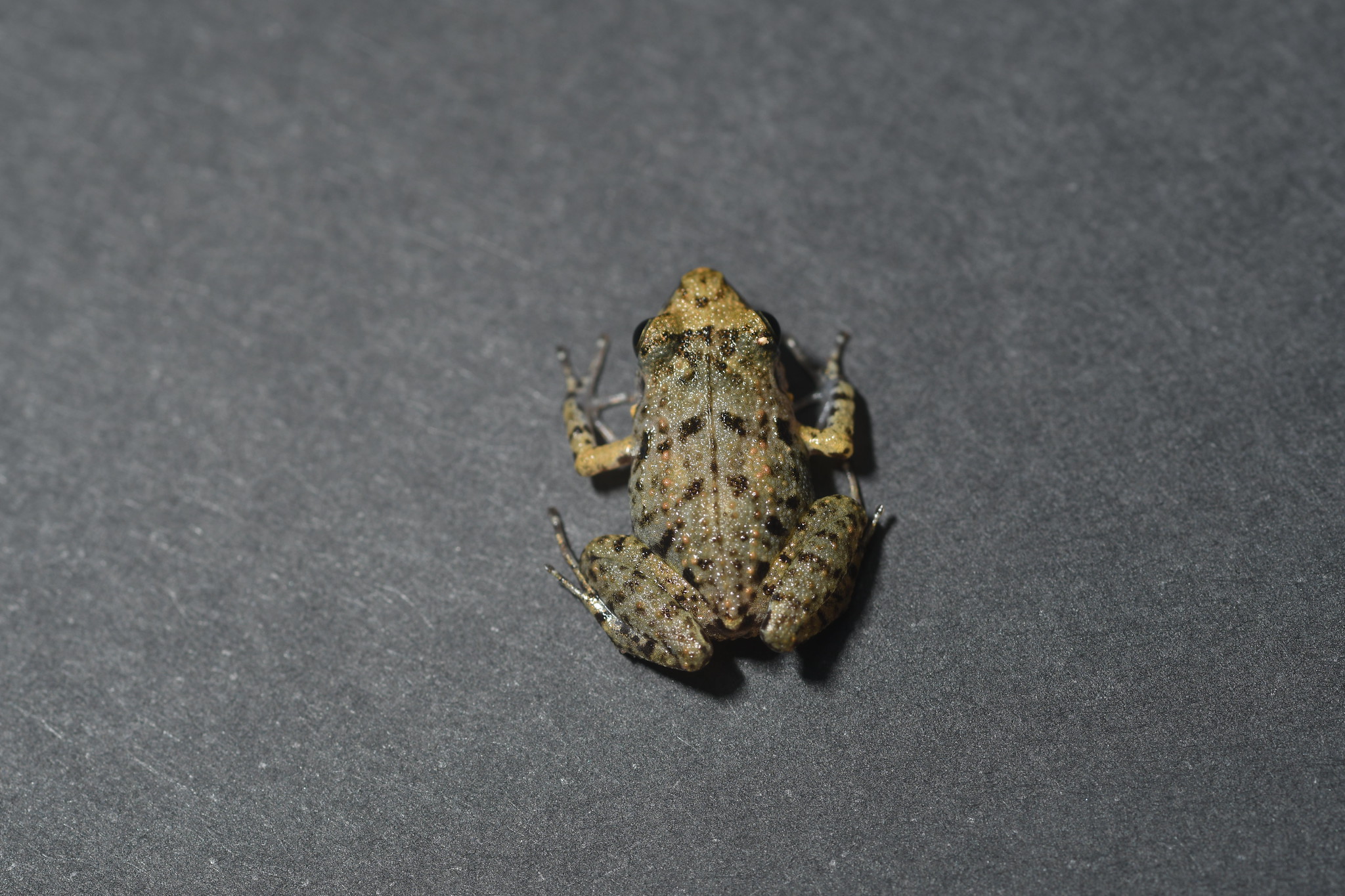
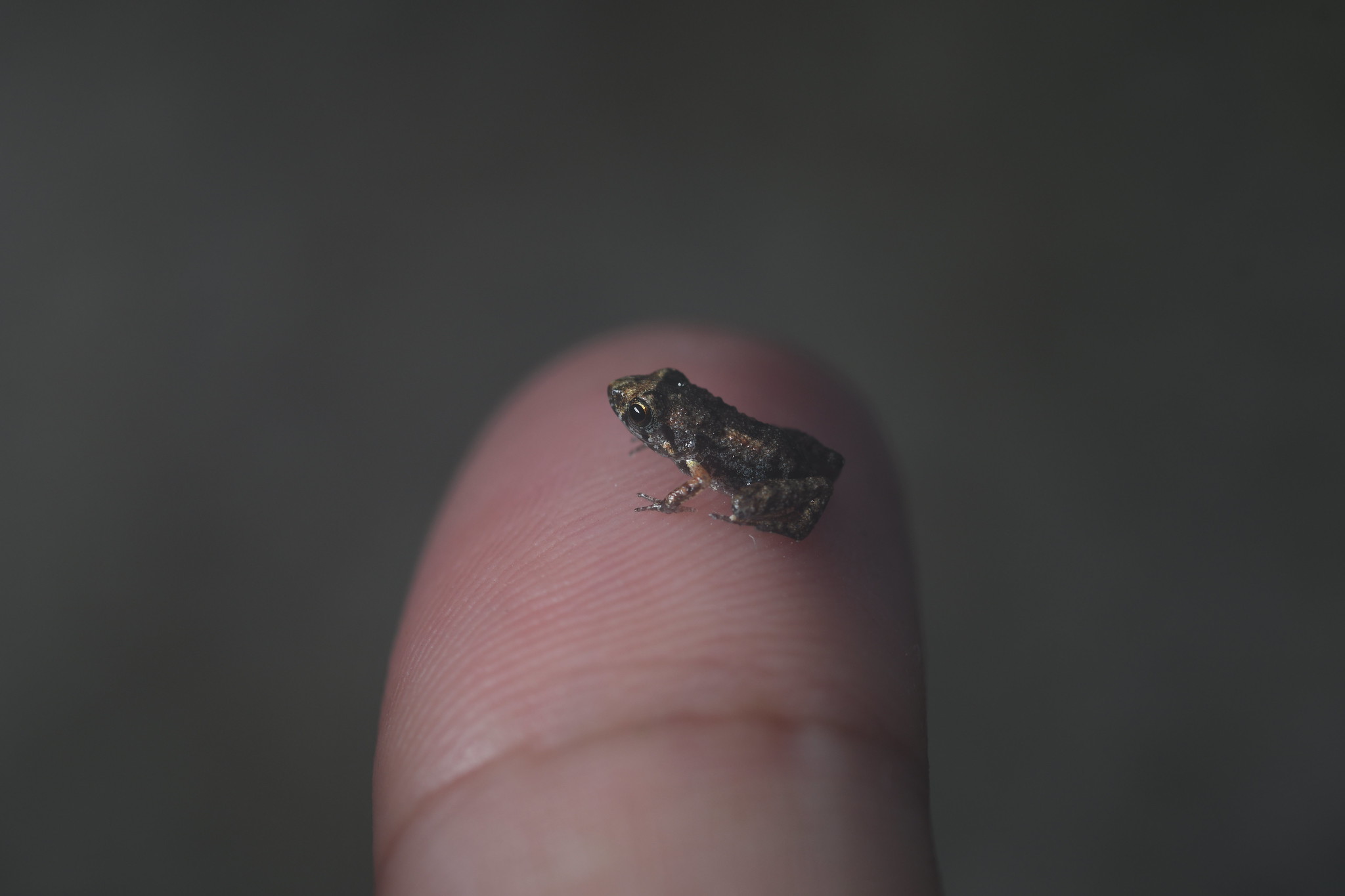
Found many of these frogs under a wet trash bag in a back yard in Mérida, Yucatán. I made use of a handheld flash with a remote trigger for lighting, and a Sigma 105 mm as my macro lens.
These frogs do not seem to match with any of the local frogs reported in Julian C. Lee's field guide to the amphibians and reptiles of the maya world.
From a reverse image search, I mostly found images of the green house frog Eleutherodactylus planirostris. Eleutherodactylus planirostris is native to Cuba and the Bahamas, and is often introduced with plants that come from green houses in those areas. These frogs go from tadpole to frog while still inside of the egg, which explains why the baby frogs are so small.
The visual aspect, the incredibly small baby frogs, and the fact that they were found in a back yard in the city with greenhouse plants, all lead me to conclude that it is likely Eleutherodactylus planirostris.

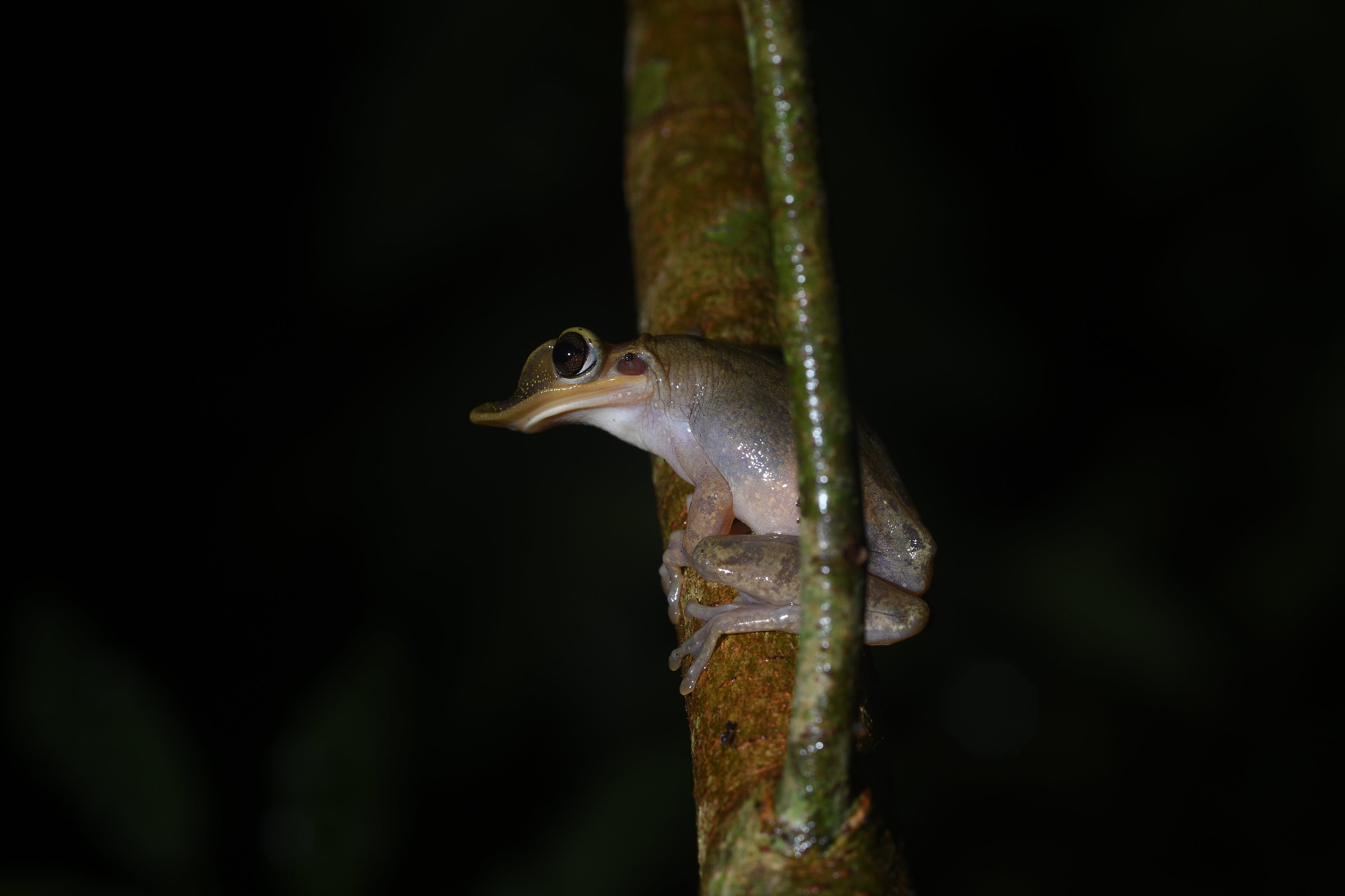

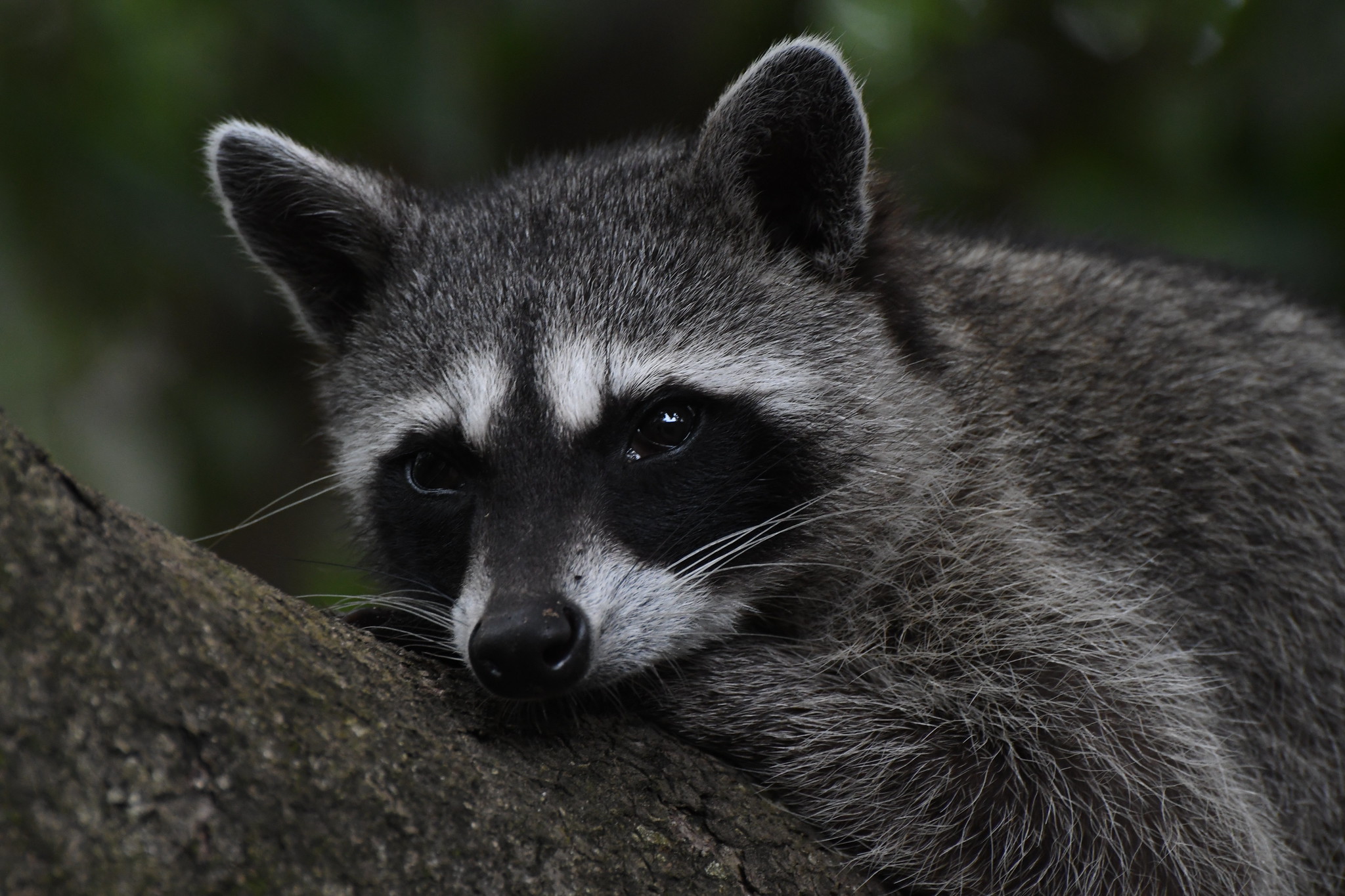
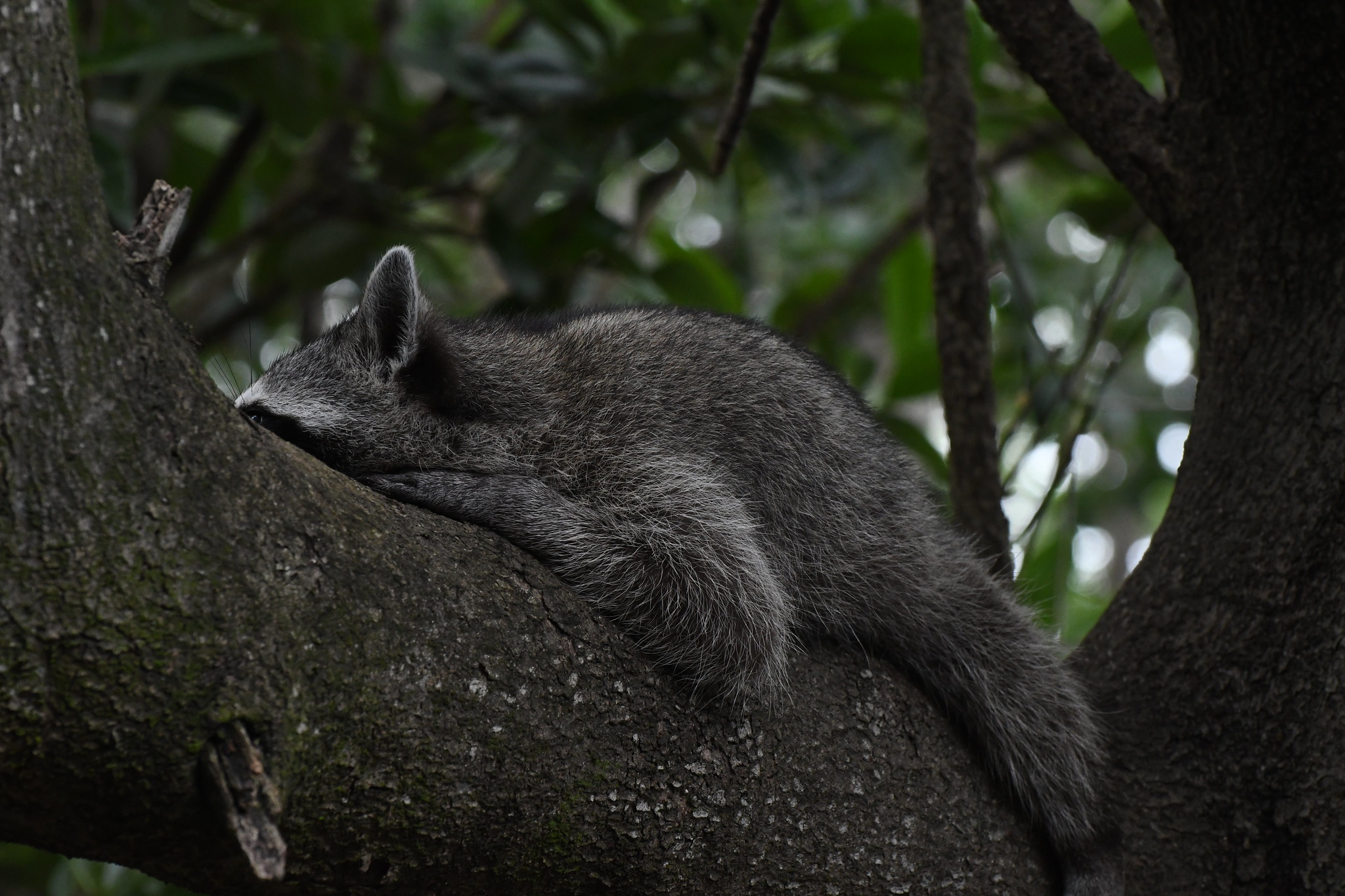


I am using the integrated LED. Sometimes I use a UV flashlight to see fluorescence, and I would like to play with others. I work with spectroscopy and I have the intention of adding a bit of spectroscopy to the microscope, but I am still not there yet.
The camera adapter that I am using does contain some optics inside and has 2X magnification. It is one like this one: https://nl.aliexpress.com/item/32943613016.html
Microbehunter has a review on these: https://www.youtube.com/watch?v=Ju8rgeJr3bI
Roughly, if you use a 40x objective, the 2x adapter, and the camera is a DSLR with an APS-C sensor like mine (dimensions 23.6 mm x 15.7 mm), then the image that you capture with the camera corresponds to approximately the sensor dimensions / (objective multiplier x adapter multiplier) = 295 micron x 196 micron in this case. In practice it is good to use a microscope ruler for accurate dimensions,
There are camera adapter designs with no optics that you can 3D print, but I have not tested those. What I have tested are tubes that you can 3D print that connect the camera to an objective directly without the need for a microscope. This is can be useful for macro photography but the microscope is a lot more comfortable to use for general microscopy. This is what I mean: https://www.youtube.com/watch?v=nuZ_JptlqYE